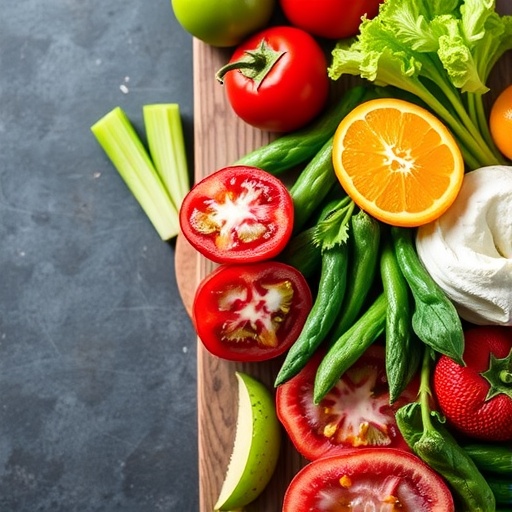MISSISSIPPI STATE, MS – Researchers at Mississippi State University say turfgrass professionals could benefit from more research on how new or alternative technologies compare with traditional methods for growing and maintaining ultradwarf bermudagrass putting greens. Their study in the September 2016 issue of HortScience adds to the literature by recommending the optimal combination of dry-injection (DI) cultivation technology with modified traditional hollow-tine (HT) verification programs for growing healthy greens. Ultradwarf bermudagrass is the most prevalent warm-season species used on putting greens in warm, humid regions. The grass, which features fine-textured leaf blades, short internodes, and high shoot density, has the ability to withstand low height of cut, which provides a smooth and fast putting surface. However, the grasses can quickly generate an excessive thatch-mat layer of organic matter, which negatively affects putting green performance.
Christian Baldwin, corresponding author of the study, said that it can be challenging for turfgrass managers to determine the best combination of traditional and alternative aerification practices for putting greens. "The objective of this research was to determine the best combination of dry-injection technology with modified traditional hollow-tine aerification programs to achieve minimal surface disruption without a compromise in soil physical properties, such as bulk density, volumetric water content (VWC), and water infiltration," Baldwin said.
The experiments were conducted at the Mississippi State University golf course practice putting green. Treatments included two HT sizes (0.6 and 1.3 cm diameter), various DI cultivation frequencies, and a noncultivated control.
Results indicated HT 1.3 was the most effective treatment at increasing water infiltration and reducing VWC. "Although the HT 1.3 treatment was effective at improving soil physical properties, it also had the slowest percent recovery," the authors said. "The HT 0.6 and DI treatments caused minimum disruption to the putting green surface; however, they did not provide the same improvements to the soil physical properties as the HT 1.3 treatment."
The dry-injection treatments were found to improve soil physical properties when compared with the noncultivated control.
The scientists said that DI would be best used in combination with HT 1.3 or HT 0.6 to improve soil physical properties. "DI + HT 0.6 would be the best combination as minimum surface disruption occurred, while improved soil physical properties were observed," they said. They added that their results suggested a need for an annual HT verification event due to reduced water infiltration and increased VWC in the non cultivated control treatment.
###
The complete study and abstract are available on the ASHS HortScience electronic journal web site: http://hortsci.ashspublications.org/content/51/9/1171.abstract
Founded in 1903, the American Society for Horticultural Science (ASHS) is the largest organization dedicated to advancing all facets of horticultural research, education, and application. More information at ashs.org
Media Contact
Michael W. Neff
[email protected]
703-836-4606
@ASHS_Hort
http://www.ashs.org
############
Story Source: Materials provided by Scienmag




